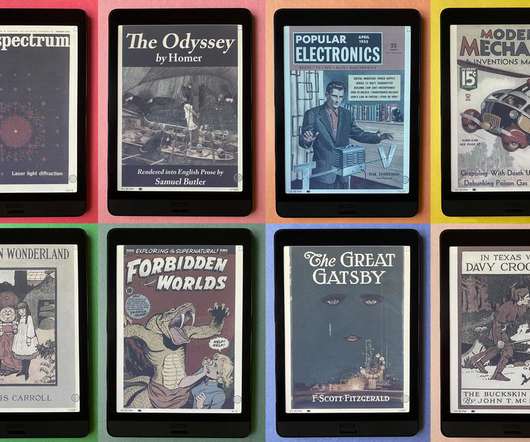MIT team devises approaches for practical carbon-nanotube-coated carbon fiber; stronger, more electrically conductive
Green Car Congress
MAY 20, 2013
MIT scientists demonstrated two approaches for growing CNTs on carbon fiber without degrading the fiber strength. Researchers at MIT have demonstrated two approaches for producing carbon fibers coated in carbon nanotubes without degrading the underlying fiber’s strength. Credit: ACS, Steiner et al. Click to enlarge.

















Let's personalize your content